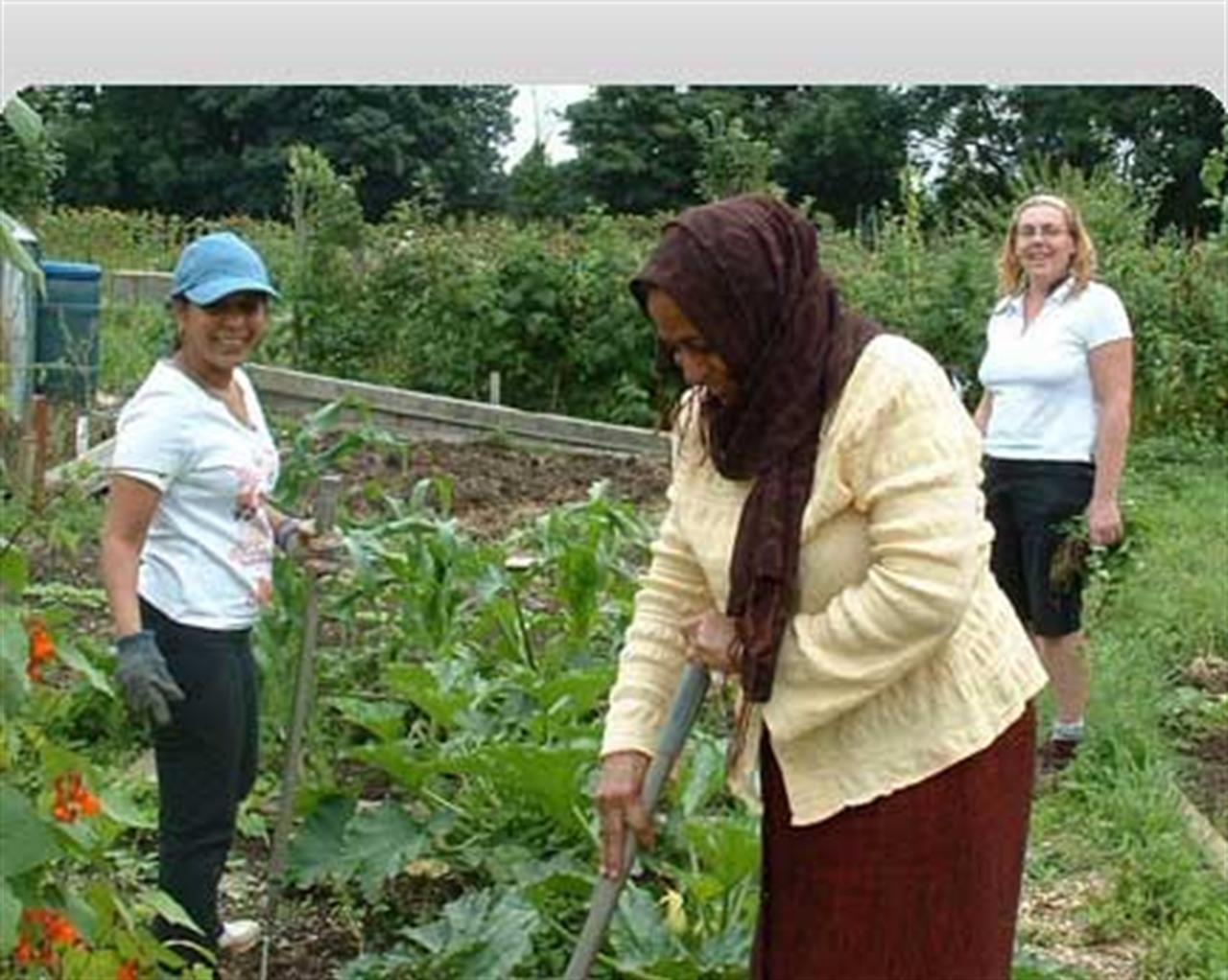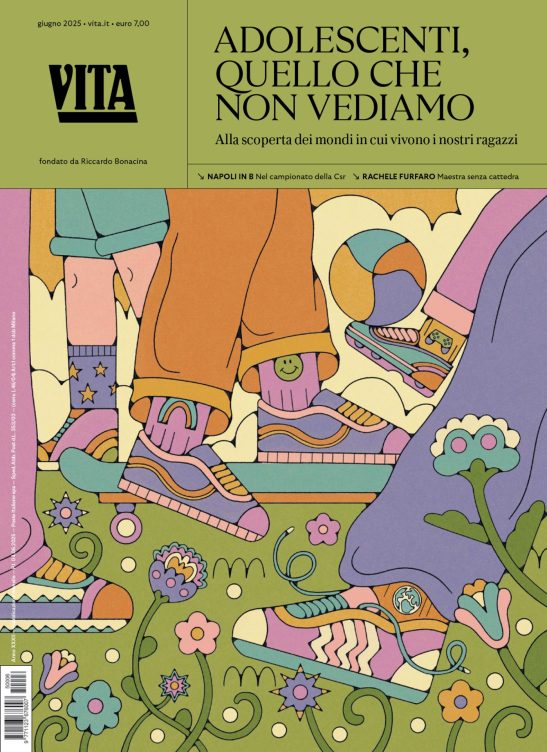Non profit
Breaking down Elinor Ostrom’s social vision
Interview with Carlo Borzaga of Euricse
di Staff

If Muhammad Yunus, microcredit’s theorist was mocked by Stockholm’s jury with a Nobel prize for peace and not in economics, Elinor Ostrom has been more lucky: the scholar of “common resources” is even the first woman to win a Nobel prize in economics.
Among her many admirers and experts is Carlo Borzaga, professor at Euricse, the European Research Institute on Cooperative and Social Enterprise in Trento Italy, president and scientific director of the Italian magazine Impresa sociale – Social enterprise. We have asked him to present Ostrom’s ideas and the importance it has for those who plan to work within coops.
The first post-crisis Nobel prize has awardede a social economist …
ElinorOstromthoroughly deserves it, I think that her book Governing the Commons is the most quoted by far in the world among economic scientists. Ostrom in fact introduces a very clear and interesting interpretation. She demonstrates that the production of common resources can be guaranteed in a more efficient way by collective institutions.
Therefore the attribution of a right of property to a collective property is a favourable criterion.
Does this have a connection with the essence of cooperatives?
Elinor Ostrom reflects more on “civic uses”, which are the institutions of the appropriators: those who use certain resources and manage them through non profit organizations to avoid overexploitation. It is a sort of mutualism on the use of resources. It is an answer, the most coherent, to the said “tragedy of the commons”: the overexploitation of some natural resources which brings to a global impoverishment. This happens when there are available resources which appear to have no limitations, which causes the risk of their overuse, and therefore their destruction.
It is an question which regards fundamental elements, such as air, water, resources.
What are the solutions given by the new Nobel prize winner?
There are three solutions. Giving rights of property in a clear way, so that all parties can then negotiate. The next solution is giving the property to the public; the third path is to give property to the a collective according to certain defined rules that the actual community gives to itself.
What is the connection between Ostrom’s theories and social enterprise?
Her theory also applies to producers, therefore also to social enterprises: which is an effective way to produce on a collective base. Also, in the case of social enterprises, the basis is voluntary and therefore more confined. The productive non profit enterprise is itself a common resource because it is not possible to sell it. One enters a social cooperative when one works for it or when one uses its services and one goes out of the social cooperative when one does not use it anymore or when one finishes working for it. For this reason it is a common resource. But if we observe attentively the number of common resources is increasing in the world. Let’s have a look for example at the computer world and at the internet. The typical case is Wikipedia: you don’t pay to use it and you contribute to build it. This Nobel prize confirms that there is a new mainstream which is emerging and social enterprise is part of it under all aspects.
Translation from Vita Italy by Cristina Barbetta
Nessuno ti regala niente, noi sì
Hai letto questo articolo liberamente, senza essere bloccato dopo le prime righe. Ti è piaciuto? L’hai trovato interessante e utile? Gli articoli online di VITA sono in larga parte accessibili gratuitamente. Ci teniamo sia così per sempre, perché l’informazione è un diritto di tutti. E possiamo farlo grazie al supporto di chi si abbona.
